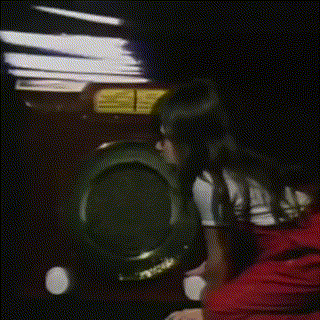The first time music merged with film was in 1895 when sheet music publisher hired electrician George Thomas to synchronize a live performance with a magic lantern that would show projected images. This became increasingly popular and the quality of glass plate photography has not been successfully replicated by the world of media today.
Before the integration of music with video, cinema had been claimed by silence, then came a new medium of communication that was building its own language and creating a voice for itself in this world, a voice heard by many. At the time of this emergence, media theorists stated that cinema had come to an end; however, those who endured this change came to realize that, instead, a new era of cinema had dawned.
The Jazz Singer was the first film to sync audio and image, which meant that you no longer needed to strive to get those sold out tickets! You can view the video here.
With film technology becoming more accessible, the growth of broadcast television and consequently the rise of pop culture the late 60s and early 70s was a time of exploring all these new phenomenons as a way to promote the music artist.
In 1965 The Beatles released the music video “We Can Work It Out” which was considered to be the first music video to broadcast on television. The Beatles were already making some very popular full feature movies and were looking for a way to promote their record releases without having to make in-person appearances (primarily the USA). The concept is fairly straight forward and was meant to blend in with the television shows that were being made at the time.
Following this, in 1981, August 1st, at 12:01 MTV played the first ever video on its network. “Video killed The Radio Star” was an incredibly ironic music video by The Buggles and changed the way music was distributed to the audiences.
Biblography:
